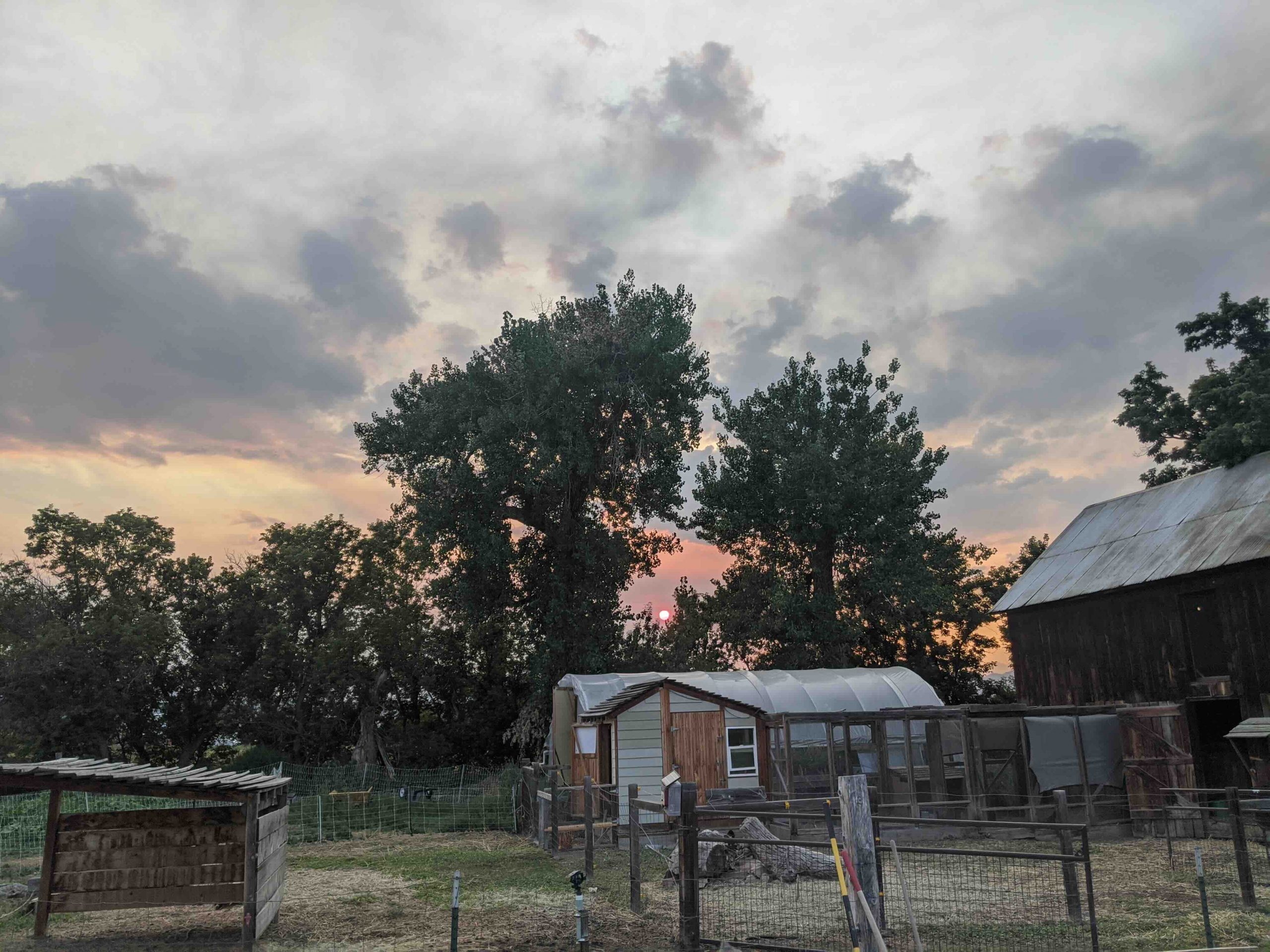Image: Sun obscured by forest fire smoke. August 2020, Boulder County, Colorado
Scenario Planning Collection
This is a selection of materials on Scenario Planning.
GLISA: Scenario Planning (Great Lakes Integrated Sciences and Assessments)
GLISA’s scenario planning approach describes plausible future events and has actors (i.e., stakeholders) respond to them. The goal is to account for uncertainty by developing a framework to plan for potentially disastrous disruptions, rather than only focusing on specific, likely outcomes. When focusing only on likely events, actors discount other high-risk scenarios. Planning for multiple plausible futures, including extremes, can increase the robustness of management practices and preparedness for climate change impacts.
What is Scenario Planning?
Scenario planning is a method to manage uncertainty, especially high-risk events. It has been used by the U.S. military, the energy sector, and NASA. The development of modern scenario planning occurred in the 1950s, and was designed by Herman Kahn, a researcher from the Rand Corporation. Kahn helped the United States government explore possibilities besides “annihilation and surrender” for unthinkable situations (e.g., nuclear war) through the use of scenarios. Later, Royal Dutch/Shell Oil Company used scenarios to help navigate the uncertain business world. Their development of scenarios was one of the first well-known successes in their field. Stepping away from the usual business forecasting method and relying on scenario planning made them more resilient during the oil embargo in 1973 compared to other companies. Scenario planning creates a framework to consider several novel situations, not just what may be expected based on the past, leading to increased preparation for any plausible future, even if event probabilities are low.
Most importantly, scenario planning is process that brings together practitioners, who need science-based information about the future, and experts, who can translate and communicate available relevant science.
In GLISA’s experience, two conditions are necessary for a successful scenario planning process:
- First, the scenarios and solution strategies must be collaboratively created by all relevant stakeholders. It is important that anyone who may be asked to integrate the scenarios into their work and/or use them in planning is included in the process – this way they have ownership of the scenarios. Making sure the right stakeholders are included in the process is primarily the responsibility of practitioner, since they are most familiar with the types of information needed and stakeholder roles in the decision making processes. Additional outside expertise should be solicited as needed and may draw from existing networks of specialists or practitioners in similar fields.
- Second, management goals must be clearly defined from the beginning of the process, because the development of the scenarios depends completely on the definition of management goals and challenges that the scenarios are intended to address. If management goals are vague or abstract it will be more difficult to develop customized scenarios that are meaningful and actionable.
Examples and References
- Wayne County New York Scenario Planning Workshop Report (2022):Lake level planning on Lake Ontario.
- Isle Royale National Park Scenario Planning (2013): Wolf Moose Ecosytem (This is a good introduction to the method and my personal favorite of the ones I have done.)
- Scenario Planning Workbook (2018): A guidebook developed for Fort Custer Scenario Planning Workshop. This has been used, for example, in the Seychelles project.
- Seychelles Island Infrastructure Planning (2020): Masters Project for a UNFCCC sponsored activity.
- Management of an Unknowable Future (2022): Undergraduate Thesis by Lunia Oriol. This is being revised for journal publications. As its writing, the best review of method that I know, and places GLISA approach in context.
